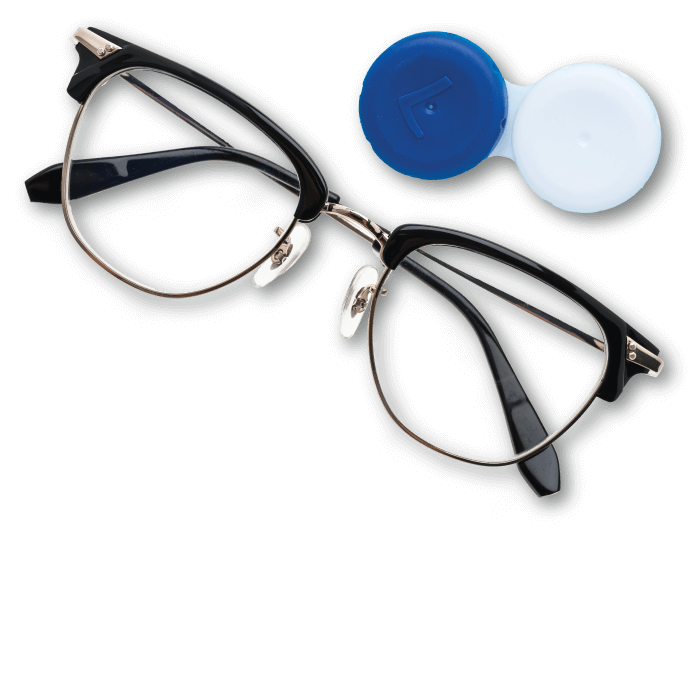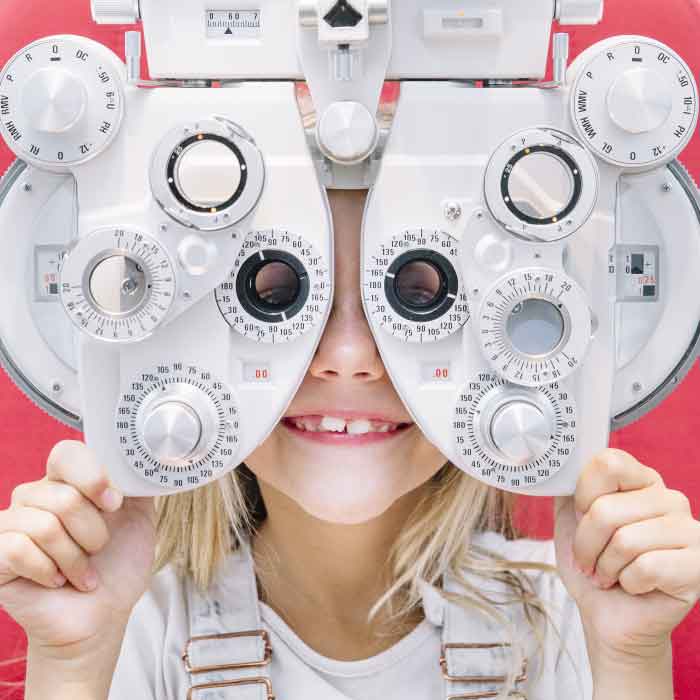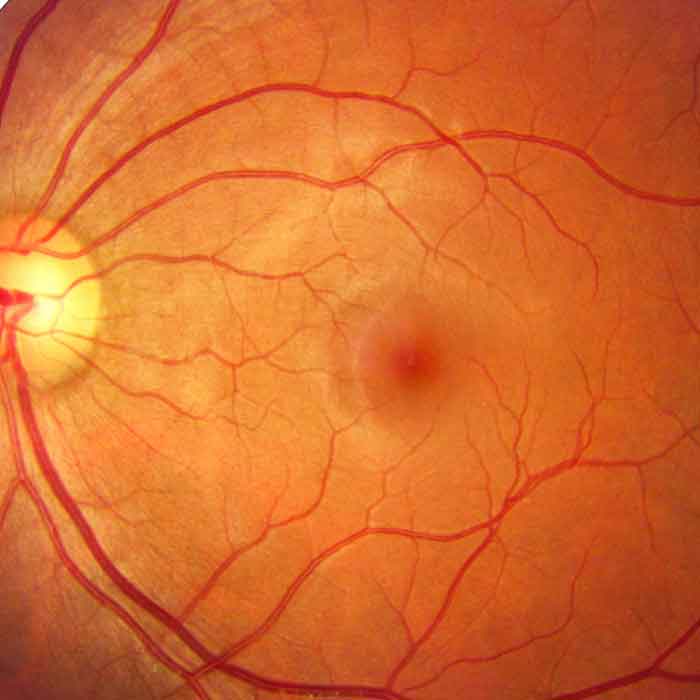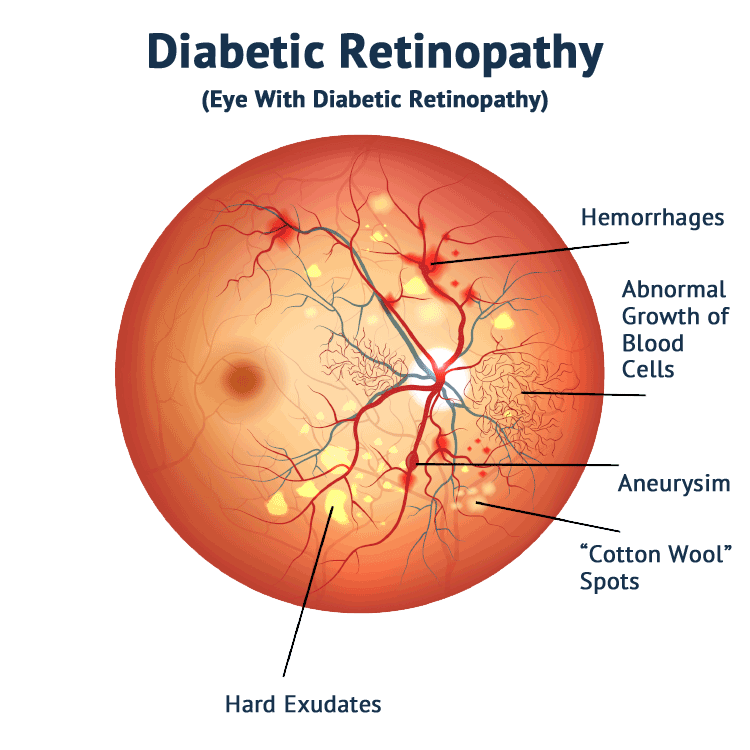
Eye Disease Diagnosis and Treatment
Optometrists are trained to diagnose and treat more than 100 conditions - everything from 'pink eye' infections to vision threatening glaucoma. They are also trained to diagnose more systemic conditions, like high blood pressure and diabetes, that produce symptoms in the eye. Because the retina is the only place in the body where blood vessels can be seen directly, signs of other diseases, like stroke, heart disease, hypertension, and diabetes, can be detected during a comprehensive eye exam. Early detection is essential so that treatments can be successfully administered. Early detection of eye conditions is dependent on both patient and doctor. Patients must see their optometrist regularly and optometrists must have the training and tools to facilitate the detection of diseases. eye-deology Vision Care optometrists have the expertise and the advanced modern technologies necessary to promote the early detection and treatment of eye disease.
Schedule An Exam Our Optometrists
(780) 473-6123
Eye Disease Prevention.
Annual Eye Exams
Regular eye exams are recommended, regardless of your age or your physical health. Children and seniors are advised to see an optometrist annually, while healthy adults are recommended to have their eyes examined at least once every two years. Eye exams are necessary for assessing eye coordination and muscle balance, evaluating visual acuity, and most importantly, for determining overall ocular health. eye-deology Vision Care doctors have the experience, know-how and diagnostic technologies required to remove foreign bodies and treat the affected portion of the eye.
Call Us Today!
Eye Disease Prevention.
Advanced Diagnostic Technologies
Examining the retina is challenging. Your optometrist must look through the pupil to examine the retina, or back of the eye. Traditional methods for viewing the retina can be effective, but they are difficult to perform on energetic children and on individuals with small pupils. Moreover, they are performed manually and do not yield a detailed digital record. The wide-angle digital retinal imaging system and the Zeiss OCT (Optical Coherence Tomography) system used by eye-deology Vision Care provide highly detailed 3-D digital imagery of the retina and/or optical tissues, which are then kept on file for comparisons in subsequent visits. These advanced modern technologies promote the early detection and treatment of eye conditions, disorders and diseases and can often be the difference between vision retention and vision loss.
Call Us Today!
Eye Diseases Causing Vision Loss.
Glaucoma: The Silent Thief Of Sight
Glaucoma is sometimes called the “silent thief of sight” because it slowly damages the eyes and can cause irreparable harm before there any vision loss is noticed by affected individual. This disease is stealthy in more ways than one. Glaucoma has been known at least since antiquity, and yet, researchers today still do not know what directly causes it in most cases. Glaucoma is a group of diseases that damage the optic nerve, a cable at the back of each eye that connects it to the brain. It is a progressive disease of the optic nerve caused when the pressure in the eye is higher than the optic nerve can withstand. There are many types and forms of glaucoma – the most common types cause patients to slowly lose their vision, beginning peripherally, or at the outer boundaries. Patients with glaucoma rarely have complaints.
Call Us Today!
Eye Diseases Causing Vision Loss.
AMD: Age-Related Macular Degeneration
Age-Related Macular Degeneration is an eye disease. Breaking down the term Macular Degeneration – Macular relates to the macula of the eye - it is the part of the retina, which is responsible for a sharp vision. The term Degeneration means losing original form over time, due to any reason. So by definition, macular degeneration is an eye disease that causes the degeneration of the macula over time, resulting in irreversible loss of vision. In it early stages, macular degeneration does not affect vision, but as it progresses, people experience wavy or blurred vision. If the condition continues to worsen, central vision may be completely lost. People with very advanced macular degeneration are considered legally blind. Even so, since the rest of the retina still works, they retain their peripheral vision (or side vision). At present, Macular Degeneration is considered an incurable eye disease though some treatments do exist.
Call Us Today!
Eye Diseases Causing Vision Loss.
Diabetic Retinopathy
Almost all diabetics develop Diabetic Retinopathy, and as a result is the most common diabetic eye disease and a leading cause of blindness in adults. It is caused by changes in the blood vessels of the retina due to high blood sugar levels. Damage to blood vessels can cause them to swell and leak. Or, they can close, preventing blood to pass through them. Sometimes, abnormal new blood vessels can begin growing on the retina. All of these blood vessel changes result in vision loss.
There are two main stages of diabetic retinopathy. The early stage of Diabetic Retinopathy is referred to as Non-Proliferative Diabetic Retinopathy. With Non-Proliferative Diabetic Retinopathy, tiny blood vessels leak, making the retina swell, resulting in vision loss. The more advanced stage of diabetic eye disease is referred to as Proliferative Diabetic Retinopathy. It occurs when the retina starts growing new blood vessels.
Call Us Today!
Conditions Causing Vision Loss.
Cataracts: Cloudy Vision
Vision loss is not solely due to eye diseases. Ocular conditions can also cause vision loss. in fact, the leading cause of vision loss in Canada is due to an ocular condition. It is estimated that approximately 3.5 million Canadians experience vision loss due to cataracts. That figure corresponds to almost 10% of Canadians. A cataract is a dense, cloudy area that forms in the lens of the eye. A cataract begins when proteins in the eye form clumps that prevent the lens from sending clear images to the retina. The retina works by converting the light that comes through the lens into signals. It sends the signals to the optic nerve, which carries them to the brain. Cataracts develop slowly and eventually affect quality of vision. As one might expect, individuals can develop cataracts in both eyes; however, interestingly, they typically don’t form at the same time. Cataracts are considerably more prevalent in individuals of advanced age.
Call Us Today!
Our Edmonton Optometrists
Searching for an optometrist in Edmonton? Our experienced Edmonton eye doctors use advanced modern technologies and devote upwards of 500% more time towards providing personalized patient care than elsewhere so that they can see more and ensure that you may never see less. Position yourself to see the future with a visit to our eye clinic and Edmonton's best eye care!

Dr. Jennifer Ash, OD
Dr. Jennifer Ash is the Resident Optometrist at Eye-deology Vision Care. Dr. Ash provides patient care 5 days a week. Read more about Dr. Ash.

Dr. Ruhee Kurji, OD
Dr. Ruhee Kurji is an Associate Optometrist at Eye-deology Vision Care. Dr. Kurji provides patient care Tuesdays & Fridays. Read more about Dr. Kurji.

Dr. Jade McLachlin, OD
Dr. Jade McLachlin is an Associate Optometrist at Eye-deology Vision Care. Dr. McLachlin provides patient care 5 days a week. Read more about Dr. McLachlin.

Dr. Tania Mathews, OD
Dr. Tania Mathews is an Associate Optometrist at Eye-deology Vision Care. Dr. Mathews provides patient care 2 days a week. Read more about Dr. Mathews.
Learn Why Our Edmonton Optometrists Are The Best!



